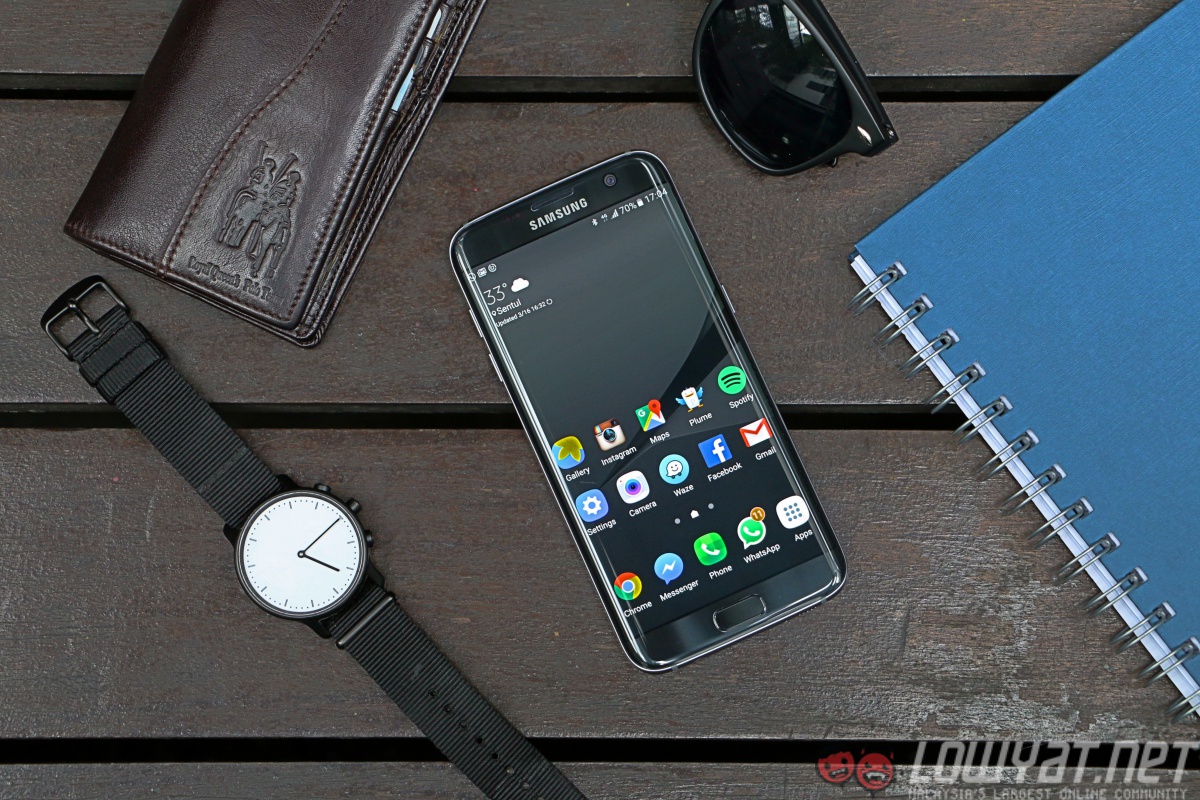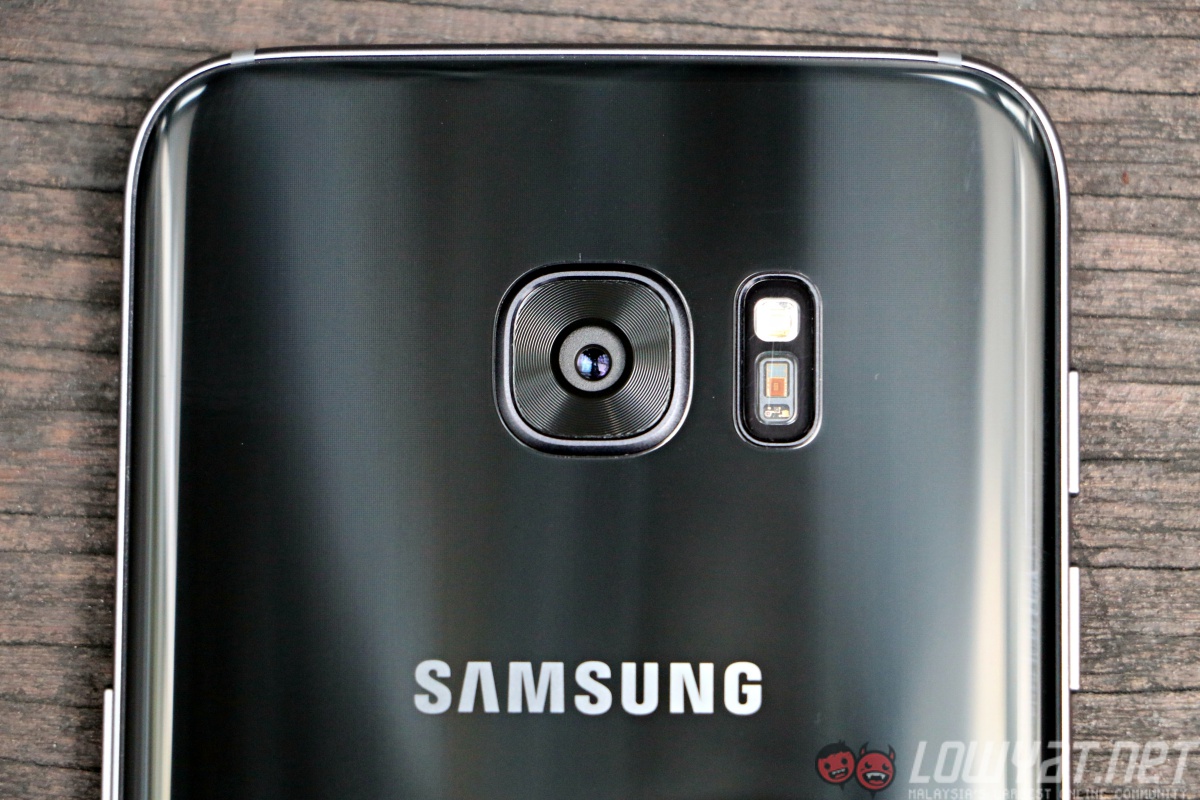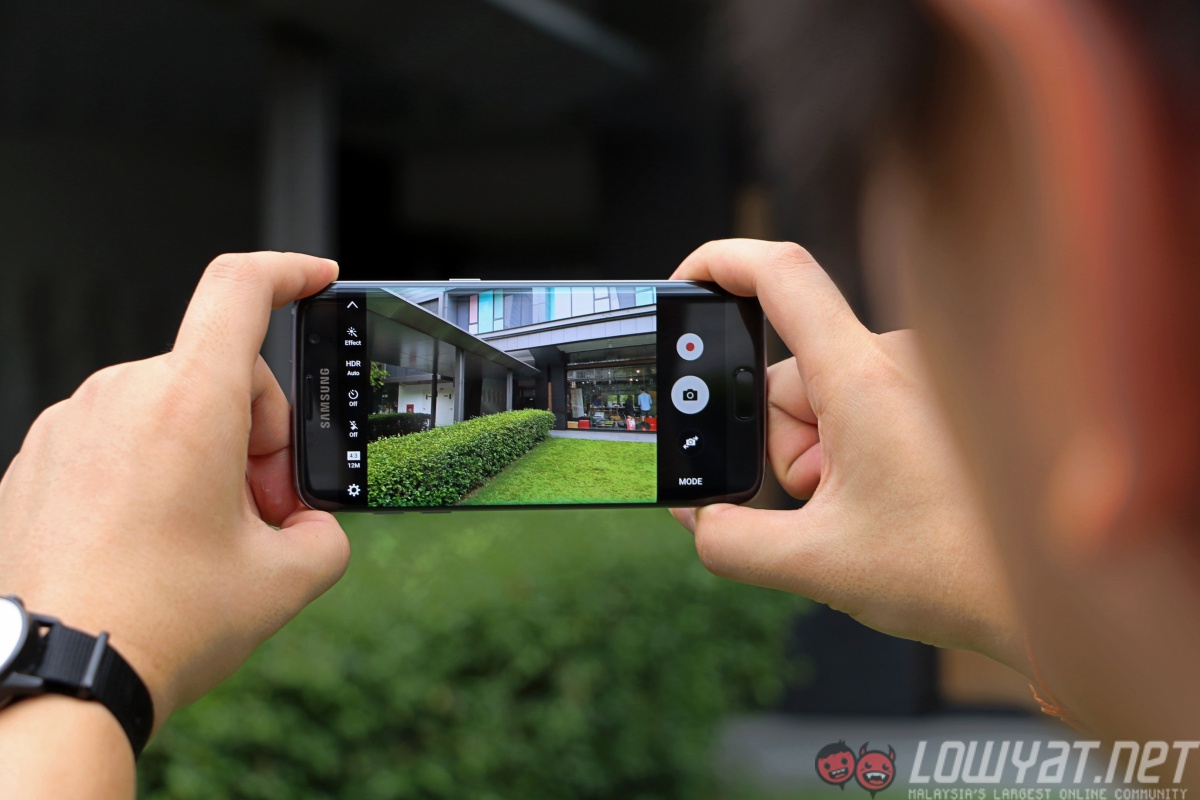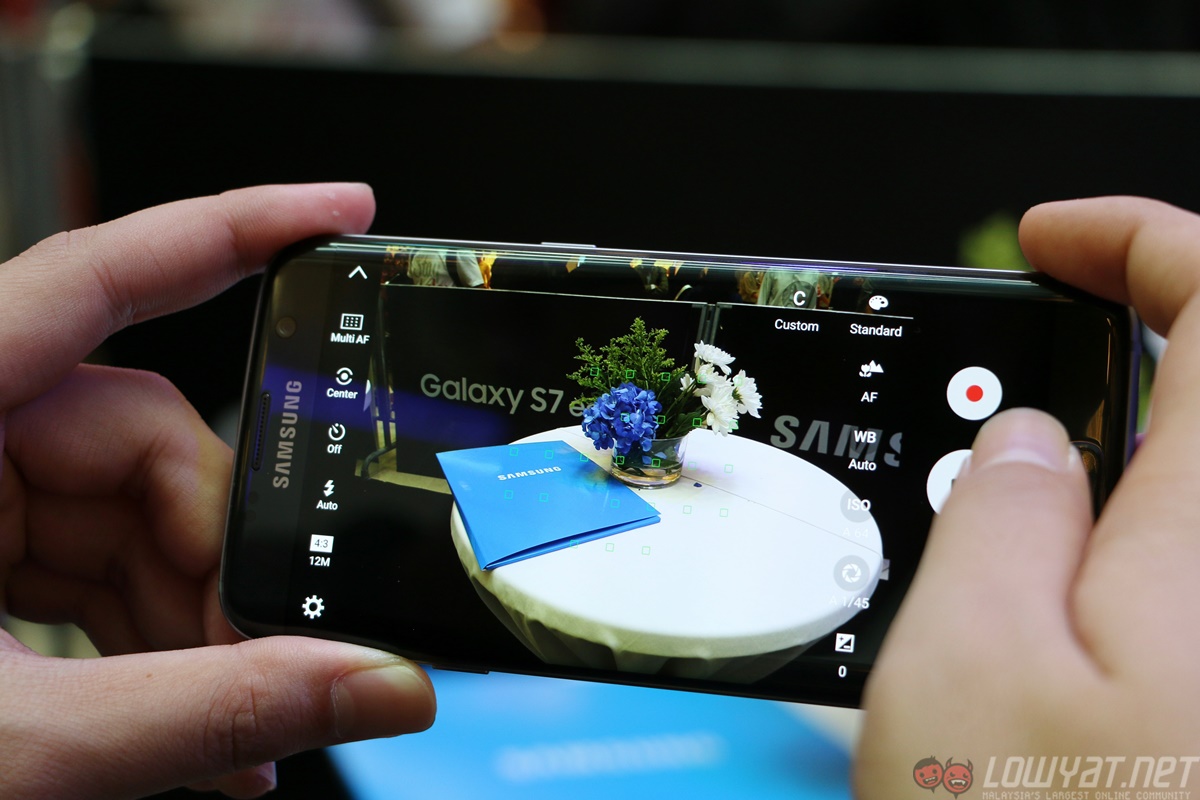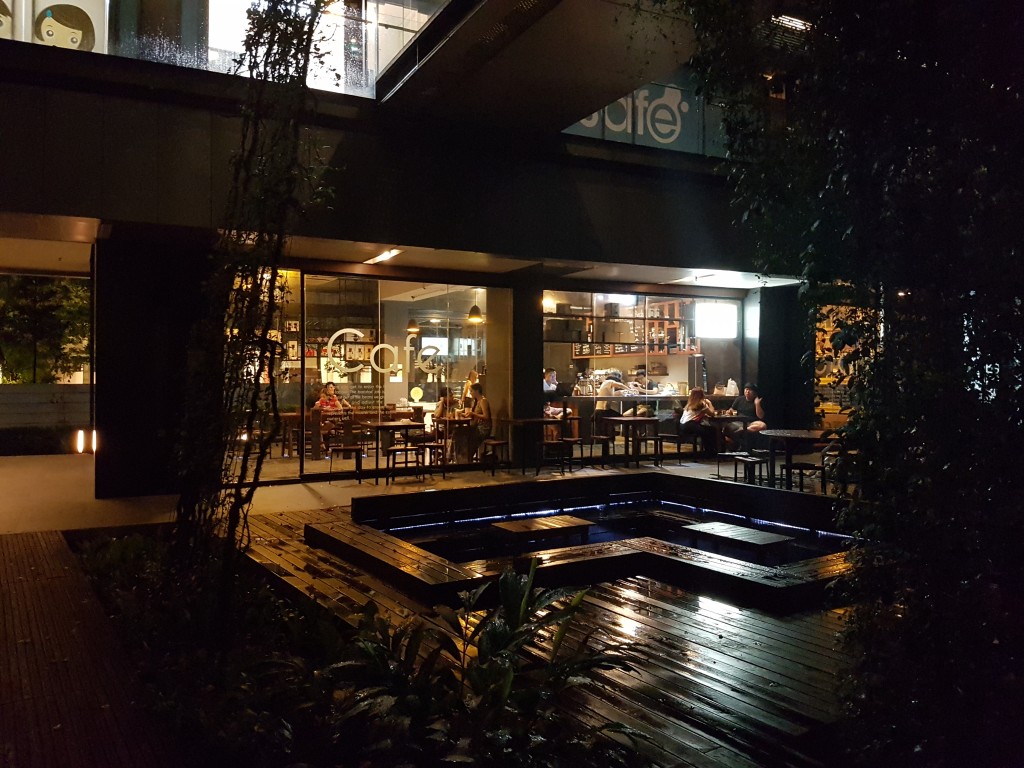Camera
Let’s get this out of the way: the Galaxy Note 5’s 16MP camera was a great one. This is a sentiment that many others share globally, so it is considered a big risk for Samsung to mess with something that isn’t broken.
Turns out, we didn’t have to worry. The new 12.2MP sensor is just as great as the previous 16MP sensor, and better in several ways. The sensor is not only larger than before, the individual pixels are also larger to take in more light. The S7 edge camera also sports an f/1.7 aperture – huge, and the first on any smartphone.
Those wouldn’t matter as much as the biggest new thing on the camera: the dual-pixel sensor setup. A feature previously only seen on very few Canon DSLRs, each individual pixel not only contain a photodiode for image capture, they also act as a phase detect autofocus point.
Samsung claims that together, these new elements ensure better low-light performance and exceptionally fast autofocus.
And the company was not wrong. In good lighting, the autofocus lock was almost instantaneous regardless of how quickly I moved the camera around. Turn on Pro mode and you’ll see the Multi AF feature at work: tiny green squares moving around the frame, indicating focus lock.
Plus, some new shooting modes have been introduced too. I recall lamenting that a Hyperlapse mode was the only thing missing in the Galaxy Note 5’s camera. Lo and behold, there’s a Hyperlapse mode alongside Food, which is essentially a filter that creates a soft bokeh around a subject.
 Click for full resolution image
Click for full resolution image
As great as the new camera is, there are still areas that can be improved. While Auto mode correctly exposes images in normal lighting, it has a tendency to over-expose low-light shots, resulting in grainy (but bright) images. The exposure compensation toggle certainly helps in this regard, allowing users to dial down the brightness to something more realistic – but it shouldn’t have to be this way.
In addition, the image processor still has a tendency to produce images that stray a little to the warmer side. This has been an issue since the Galaxy S6, and there is a theory that this is a deliberate move from Samsung; after all, warmer photos lets colours pop out a little more, making them more appealing to casual users.
Regardless, these really are minor sticking points for what is a wonderful camera experience. The camera app is one of the best you’ll find in terms of UI and ease of use – something you can’t say about the Nexus camera app or those in the various Chinese Android ROMs.
The best smartphone camera experience on any smartphone
Samsung proved it did not rest after the fantastic camera on the Note 5, and it’s great to see the company experimenting on new camera features instead of playing it safe. This is easily the best smartphone camera experience you’ll find on any smartphone so far.
Follow us on Instagram, Facebook, Twitter or Telegram for more updates and breaking news.


